Rumours swirled about the identity of a mysterious new owner after the popular Gloucestershire inland dive-site NDAC closed early last year. Now the secret is out – the former limestone quarry is being repurposed as an underwater research and development facility called DEEP Campus, developing a “radically more effective” new way to exist beneath the world’s oceans.
“What they want to do is turn the quarry into this underwater scientific campus which they reckon will employ 100 people,” a local councillor said at the time, as reported on Divernet. “They didn’t tell us their company name – we were just told it was for a deep engineering facility.”
The ocean technology and exploration company now called DEEP Research Labs was set up in Bristol in May 2021 and has now revealed that since then it has been working towards fulfilling its vision of “making humans aquatic”.
By 2027 it reckons it will have established a modular system of semi-permanent underwater human habitats, and claims to have already spent 70,000 hours on engineering in the development phase and early stages of production.

Previous underwater facilities have been temporary and/or fixed-location, says the company, whereas its planned DEEP Sentinel underwater habitats are “modular, scalable, autonomous, recoverable, reconfigurable and redeployable”, and require no costly mothership to be left in place at the surface.
Individual Sentinel modules measure 17.5m by 6m across, have moon-pool access and can host a crew of six with whatever equipment is required while being “comfortable enough for anyone to live in”.
Each module can be interconnected on a triangle-based grid and configured according to the needs of any particular underwater project, with standardisation intended to make them straightforward to maintain and repair.
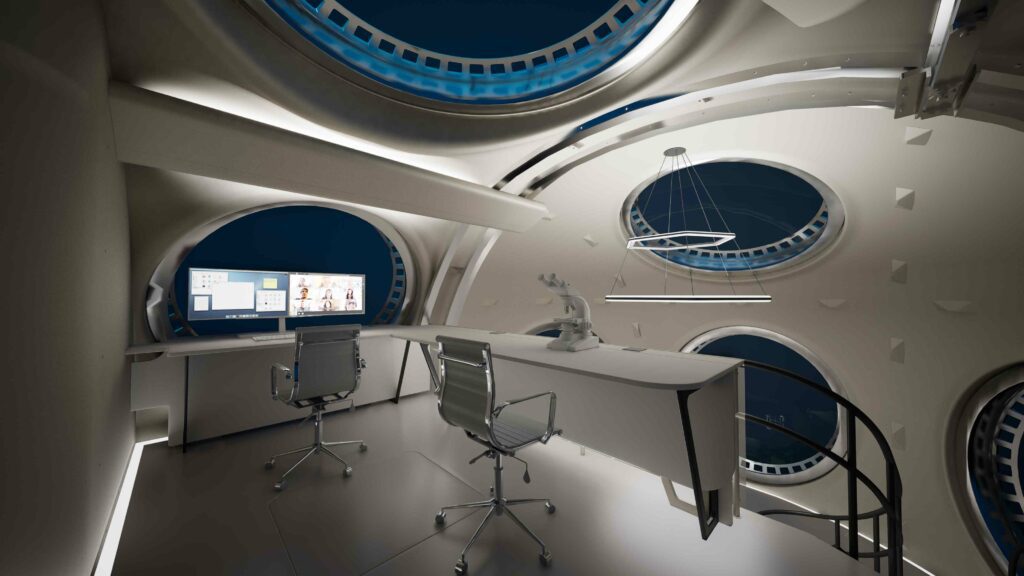
DEEP Sentinel installations are intended to allow scientists to live under water in saturation at depths down to 200m for up to 28 days at a time, while a complementary range of submarines covers the full range of ocean depths. Excursions can be made outside the habitats by divers using rebreathers or umbilical systems.
Sentinel is designed to give extended access to most of the world’s continental shelves and the entire Epipelagic Zone, the lower limit of which is the deepest point at which sunlight penetrates the ocean – and which is estimated to contain 90% of marine life.
Being able to explore the full extent of this part of the ocean rather than just “performing incursions” from the surface represents a step-change in the way scientists can observe, monitor and understand the oceans, according to DEEP.

Campus location
Also part of the DEEP System will be a range of submersibles and other diving and scientific-research equipment, backed up by technical and human-performance training and qualification programmes at what will become the “DEEP Institute”. DEEP says it is working closely with underwater technology classification society DNV to jointly establish “rule-sets where, currently, none exist”.
The DEEP Campus at Tidenham will become “a core part of the regional ecosystem in the South-west of England, hosting essential development exercises for DEEP as well as regional, national and international partners”, says the company.
The location was selected as DEEP’s “initial base” because of the “unique cluster of relevant marine-engineering, diving, hyperbaric and submersible expertise, and links with the wider UK commercial and technical diving industry”.
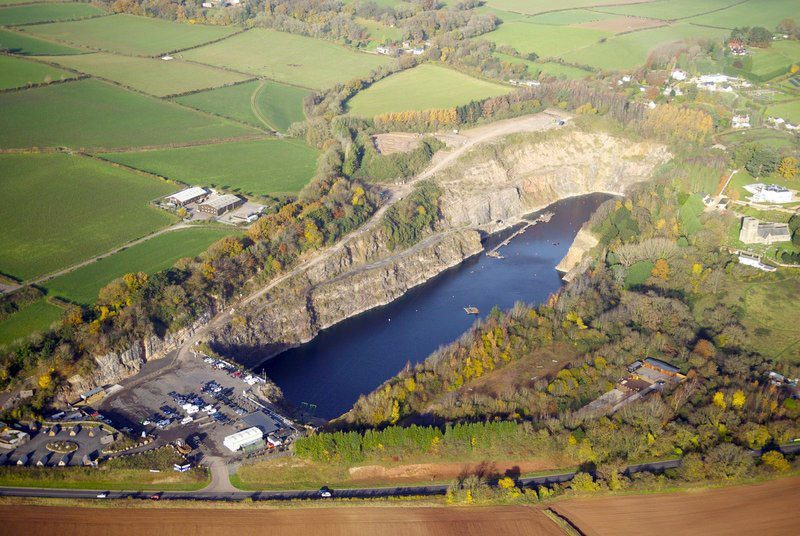
Making use of the quarry’s natural attributes, the DEEP Campus will be a 600m-long, 100m-wide and 80m-deep controlled-water facility for training, testing and research that is expected to be open in the next few weeks, although not fully operational before 2027.
When complete, the site is planned to include workshops and offices, a submarine garage, visitor centre, lodge accommodation and tunnel connection to a hotel in the nearby village of Tintern, while the flooded area will contain controlled zones, recording and monitoring vehicle ranges and the deep pool.
DEEP’s existing team is claimed to comprise more than 100 experts in marine engineering, naval architecture, materials science and specialised diving. Representatives from technical, police, saturation and special forces diving are involved in the project, as well as participants from the NATO submarine rescue programme.
Out of sight
“Out of sight and out of mind – not having a better understanding of the oceans is no longer an option,” said DEEP Americas president Sean Wolpert at the launch event in Bristol. “DEEP is coming out of stealth mode now, as we need to take others on this journey.
“We are already talking to potential international partners and others with a long-term view of the needs of the planet, who recognise that the upside for humanity in preserving and husbanding the oceans is now too great to ignore.
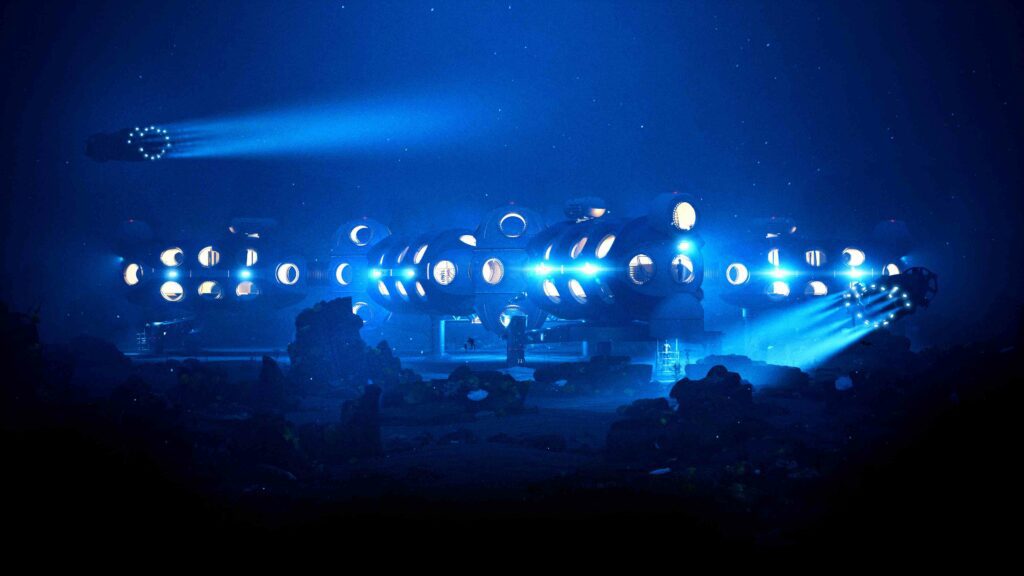
“Looking at the themes around the emerging new ocean / blue economy, we hear of opportunity and solutions in pharmaceutical research, in carbon capture, in innovative medicines. This is about how we can co-operate and can begin to work with the oceans for generations to come. DEEP offers to partners a way to do this hitherto impossible.”
University and other research teams, media professionals and explorers are expected to become partners, says the company, with space exploration also regarded as a promising field.
“We have made significant investments in advanced manufacturing processes, and will build one of the world’s leading fabrication facilities with innovative production methods, which will reduce waste, enhance energy efficiency, offer bespoke design and shorten manufacturing timelines,” promised global services president Mike Shackleford.
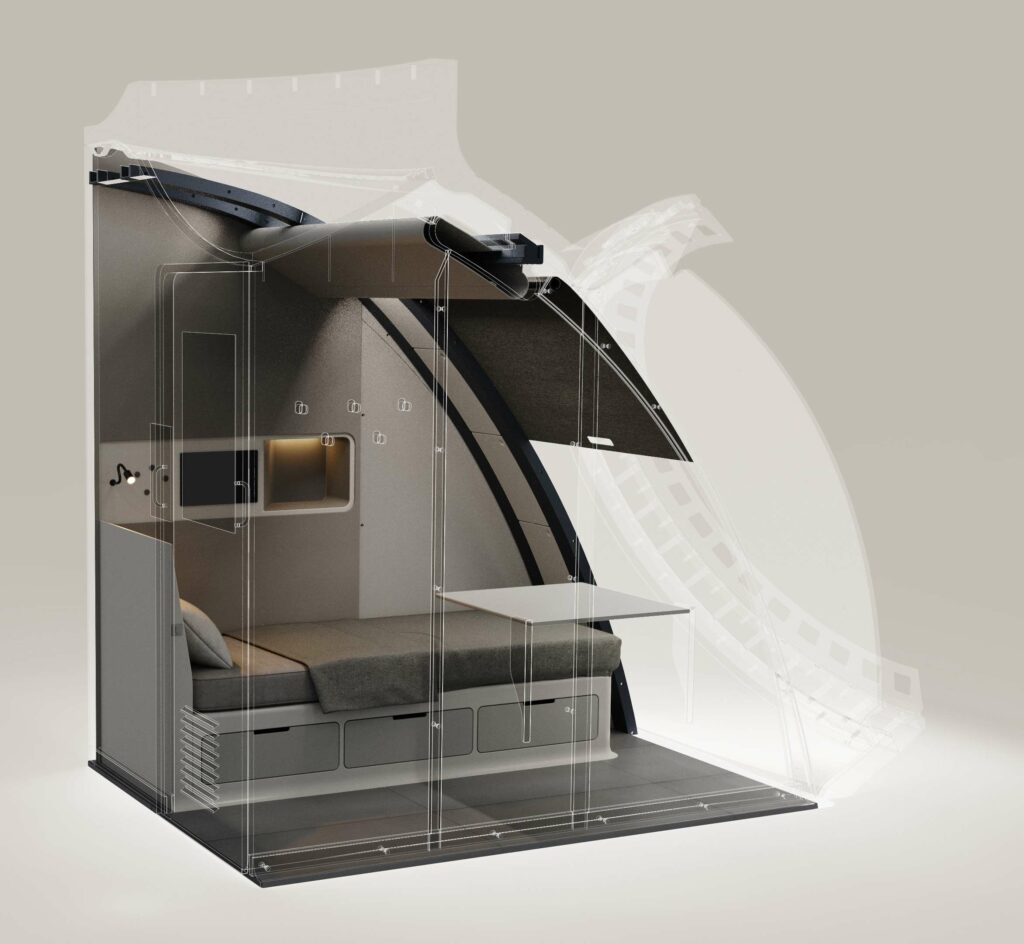
“DEEP’s facilities already house our prototyping and pre-production capabilities as well as advanced material-testing infrastructure not found elsewhere in the UK, and this is just the beginning.”
Divernet has inquired about sources of funding for the project, but was told by a representative: “We cannot easily release figures at this moment due to confidentiality and commercial sensitivities, but we will offer some guidance on this matter as soon as we are able to do so.”
“We need to preserve the oceans,” said DEEP EMEA president Steve Etherton. “To do that we need to understand them… yet this life-sustaining ecosystem remains surprisingly unknown.
“Through our innovative technology, DEEP will enable scientists to operate at depth for extended periods of time and we hope, in some small way, will contribute to our understanding of this life-giving environment.” Divers interested in the initiative are encouraged to follow its progress via DEEP’s “Aquan Network”.
Also on Divernet: Deep inland dive-site NDAC closes, Shrunk but sleeping better, Dr Deep Sea resurfaces, Cousteau closer to ’underwater space station’
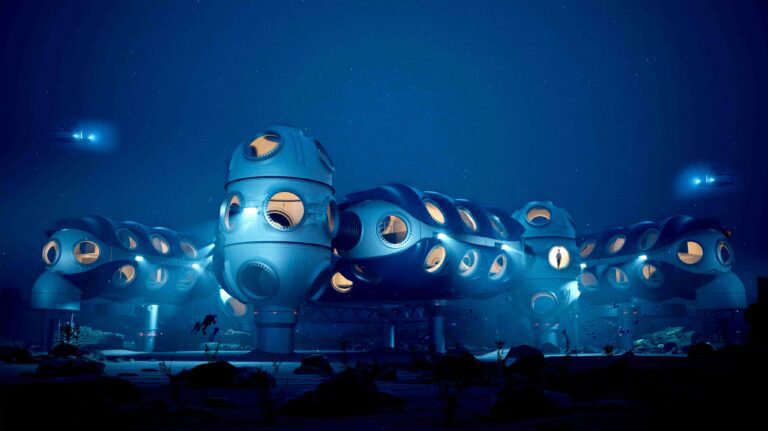

Great news for local jobs.
A real life Rapture?
Dear Steve, This looks a very interesting and exciting project and from the illustrations something that really looks the part in 2023! Of course it is by no means a new thing with Cousteau and his Conshelf underwater living experiments having been done and dusted by the 1963! I was involved with teaching the author of Living Underwater to dive in 1969. Farooq Hussain produced the book published in 1970 as his main study at the Architects Association in London. It was an assessment of the design and function of the underwater living experiments that had been going on including the early habitations for the American Man in the Sea project which had many of the aims tabled by the company planning to build the DEEP Campus. . Farooq , who became a good friend, was always disappointed at the failure of the projects and his view of future projects was similarly pessimistic . I wonder if the promoters of this scheme have really done their home work to see how viable such plans are. Maybe in this day and age with new materials and technology, many of the early problems will be solved and there will be a continuous demand from the scientific and industrial fields to take advantage of such a facility.
I hope the company goes bust. That used to be one of the best inland dive centres in the UK, of which we don’t have many.